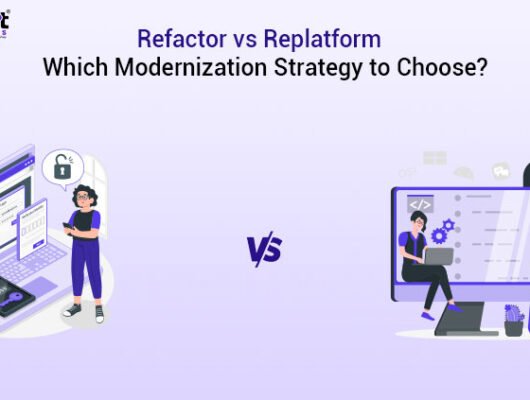Introduction
In the competitive world of mobile apps, a smooth and responsive experience is no longer a luxury – it’s a necessity. Users expect apps to load instantly, navigate flawlessly, and handle complex tasks efficiently. But achieving this seamless experience requires meticulous attention to app performance optimization. This blog delves into the technical aspects of optimizing app performance for a winning user experience.
Understanding Performance Metrics
Before optimizing, we need to identify the areas that need improvement. Here, we’ll discuss key performance metrics (KPIs) to track app performance:
- Launch Time: The time it takes for the app to open from a cold start.
- Frame Rate: The number of frames displayed per second, impacting animation smoothness.
- Memory Usage: The amount of device memory consumed by the app, affecting overall performance.
- Network Calls: The number and frequency of data exchanges between the app and servers.
Optimizing for Efficiency:
- Code Profiling: Identify performance bottlenecks in your code using profiling tools to pinpoint areas requiring improvement.
- Memory Management: Implement memory management strategies like object pooling and garbage collection to prevent leaks and optimize memory usage.
- Thread Optimization: Leverage multithreading techniques effectively to handle complex tasks efficiently without impacting the UI’s responsiveness.
- Resource Optimization: Optimize resources like images, audio, and videos by using appropriate compression techniques without sacrificing quality.
Advanced Optimizations:
- Lazy Loading: Load resources only when they are needed by the user, improving initial load times.
- Code Splitting: Break down your app code into smaller modules loaded on demand, reducing the initial app size.
- Caching Mechanisms: Implement caching strategies to store frequently accessed data locally for faster retrieval, especially on slower connections.
Continuous Monitoring and Improvement:
App performance optimization is an ongoing process. Regularly monitor performance metrics, gather user feedback, and adapt your optimization strategies based on evolving user needs and device capabilities.
By following these principles and best practices, you can build scalable and maintainable Angular web applications that can grow with your user base and business needs.
Ready to leverage the power of hybrid development for your business? Contact Frontbit Solutions today!
We can connect at info@frontbitsolutions.com or you can give us a call at +919624109307 also DM on WhatsApp https://wa.me/919624109307.
Awaiting your response








